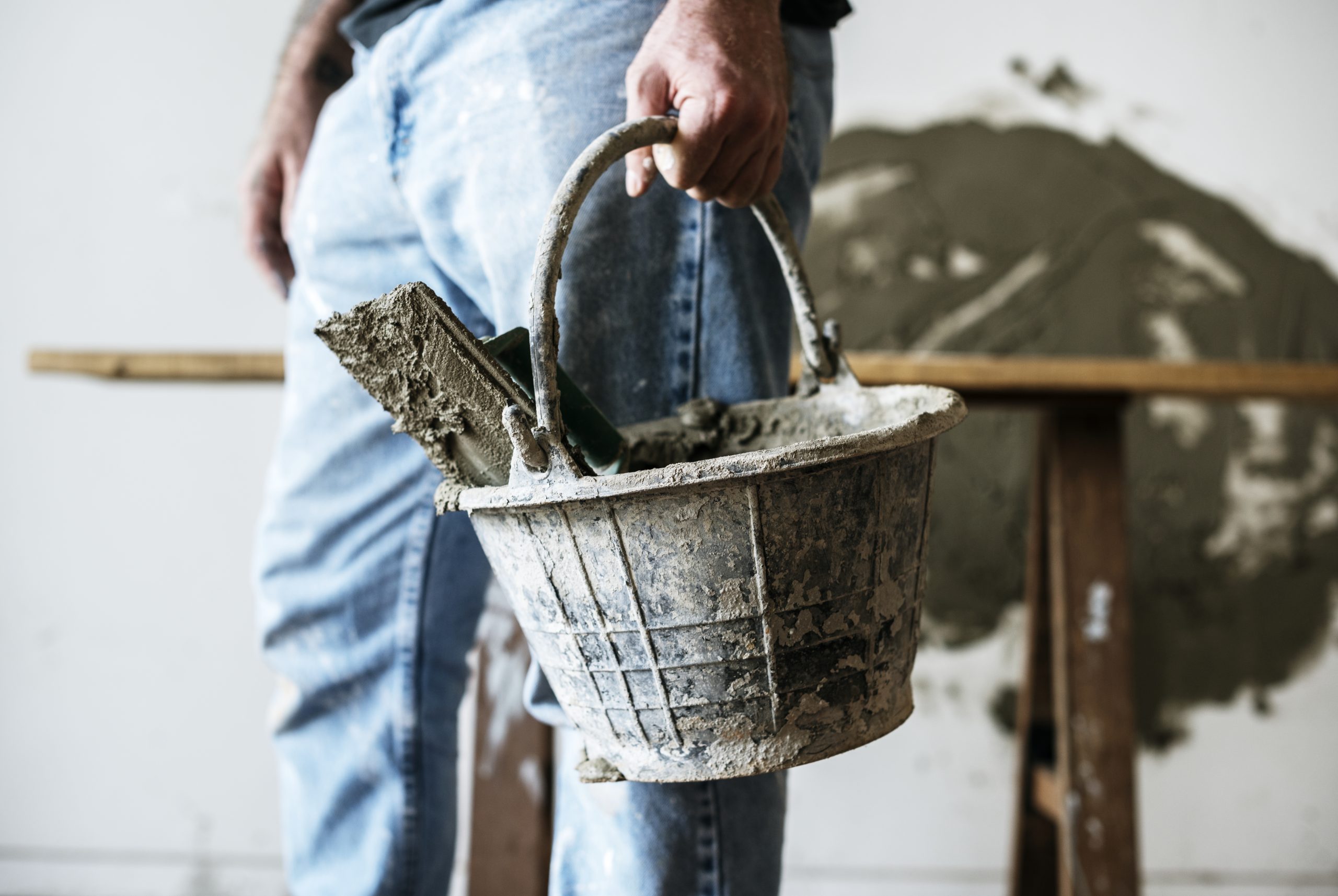Concrete is one of the most versatile and durable building materials available, making it ideal for a variety of DIY projects. From laying garden path
Concrete is one of the most versatile and durable building materials available, making it ideal for a variety of DIY projects. From laying garden paths and paving to crafting ornamental garden pieces, mixing concrete at home offers endless possibilities for creative and functional outdoor enhancements. Whether you’re constructing a small slab or molding decorative features, understanding how to properly mix and use concrete is essential for achieving professional-looking results.
Materials and Tools Needed
To mix concrete at home, you’ll need the following basic materials and tools:
Cement: The binding agent in concrete.
Sand: Provides bulk and texture.
Gravel or Stone: Adds strength and durability.
Water: Activates the cement to create a paste that binds the materials together.
Optional Additives: Such as plasticizers or colorants to improve workability or aesthetic appeal.
Mixing Tools: A wheelbarrow and shovel for small batches, or a concrete mixer for larger jobs.
A general-purpose concrete mix for DIY projects typically follows a 1:2:4 ratio (cement: sand: gravel). It’s essential to measure accurately and mix thoroughly for a uniform consistency.
Step-by-Step Guide to Mixing Concrete
Prepare the Work Area: Before you start mixing, ensure that your work area is ready. If you’re pouring concrete for paths, paving, or slabs, make sure your forms (molds) are in place. These forms will shape the concrete as it cures. Clean and level the area where the concrete will be placed.
Combine Dry Materials: Add the dry materials (cement, sand, and gravel) to the mixing tool of your choice. If you’re using a wheelbarrow, shovel the materials into a pile and stir them together. In a mixer, add the dry ingredients and turn the drum on.
Gradually Add Water: Slowly add water to the dry mixture while stirring. Be cautious not to add too much water at once, as this can weaken the mix. The concrete should have a thick, paste-like consistency that holds its shape when formed, without being too runny.
Check Consistency: Aim for a workable consistency that isn’t too dry or soupy. A good way to test is by using a shovel to scoop a bit of the mixture; it should hold together without crumbling but shouldn’t be overly fluid.
Use the Concrete Immediately: Concrete begins to set within a short time, so you should work quickly. Pour it into the prepared form, level it with a trowel or screed, and smooth the surface. For larger areas, you may want to create control joints using a groover to prevent cracking as the concrete cures.
DIY Uses of Concrete
- Paths and Paving
Concrete paths and paving provide durable and aesthetically pleasing walkways for gardens or outdoor spaces. After mixing the concrete, pour it into pre-prepared forms and spread it evenly. You can add texture by using stamps or brooms, creating anti-slip surfaces and decorative patterns. Adding expansion joints in larger paths will reduce cracking over time.
- Concrete Slabs
Concrete slabs are essential for building patios, shed bases, or driveways. For structural stability, a thicker mix with a higher gravel content works best. The concrete should be at least 10 cm (4 inches) thick to withstand heavy loads. Leveling and smoothing the slab while the concrete is wet ensures a flat surface. Consider reinforcing with steel mesh for added durability.
- Decorative Concrete Projects
For creative DIY enthusiasts, concrete can be used to enhance outdoor aesthetics. By adding pigments or colorants, you can produce colored concrete to match the décor of your garden or patio. Stamping or stenciling patterns into wet concrete can mimic the appearance of natural stone, brick, or tiles at a fraction of the cost. Textured finishes not only add visual appeal but also provide practical non-slip surfaces.
- Molding Garden Ornaments
Concrete is perfect for crafting garden ornaments, such as birdbaths, statues, stepping stones, and planters. To mold these items, use silicone, wood, or plastic molds designed for concrete. Once mixed, the concrete can be poured into the mold, smoothed, and left to cure.
For unique finishes, experiment with adding aggregates like pebbles or glass to the mix, or using textured molds.
- Repair and Maintenance
Concrete is also great for small repair jobs around the home, such as patching cracks in driveways, fixing broken patio slabs, or securing fence posts. The same basic mix can be used, and with proper curing, repairs can last for years.
Tips for Success
Additives for Improved Performance: You can use additives like plasticizers to make the concrete easier to work with or fibers to enhance its tensile strength.
Curing Time: Concrete should be left to cure for at least 24 hours before walking on it, and a full week before subjecting it to heavy loads. Keep the surface damp during the curing process to prevent it from drying out too quickly, which can cause cracking.
Safety Gear: Always wear protective gear such as gloves, goggles, and a mask when mixing and handling concrete. Cement can be harsh on the skin and the dust is hazardous when inhaled.
Why Choose DIY Concrete Projects?
Mixing concrete at home opens up a world of possibilities for DIY enthusiasts. It allows for customization of outdoor spaces, whether through practical features like paths and slabs, or decorative projects like garden ornaments. The material is strong, durable, and cost-effective, making it ideal for a variety of tasks. By following proper mixing techniques and applying creativity, homeowners can achieve professional results at a fraction of the cost of hiring contractors.


COMMENTS